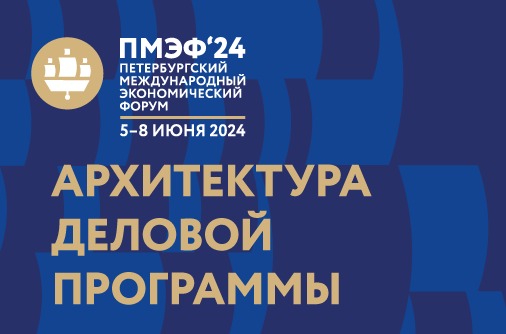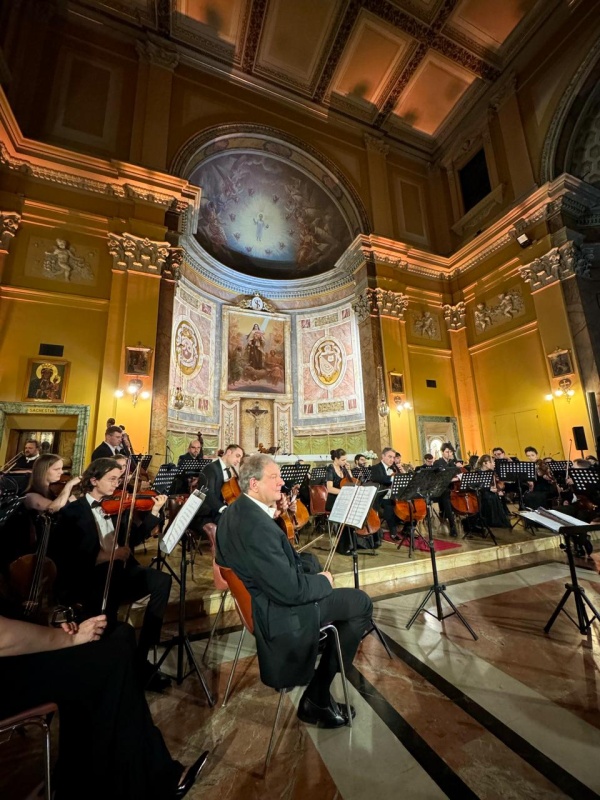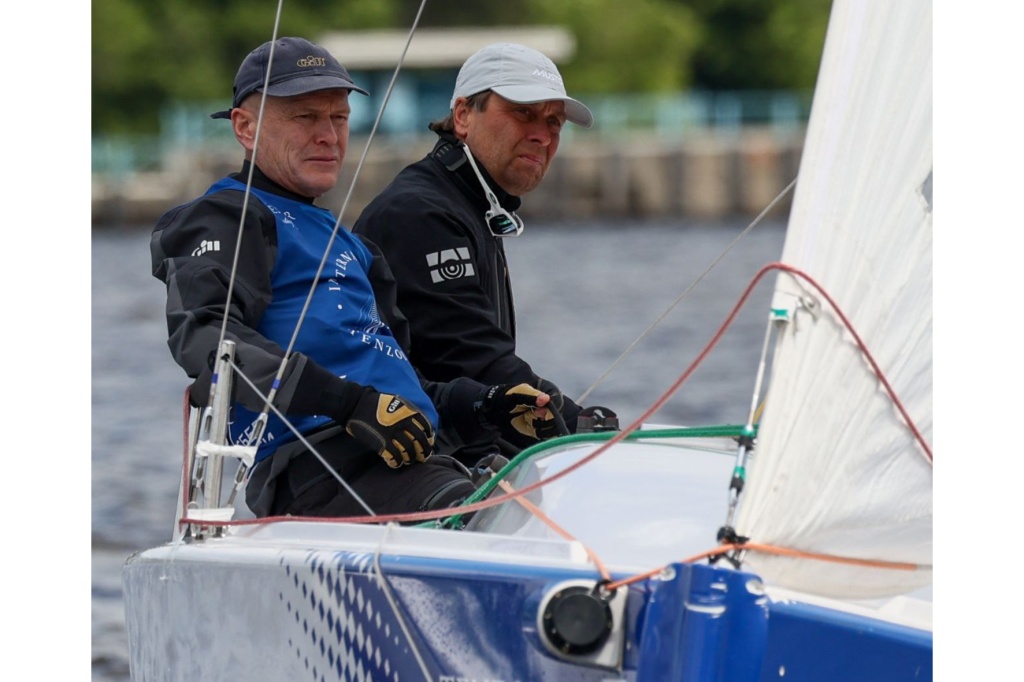
Unified Transport Infrastructure in the Region: The Global Importance of the Northern Sea Route
A panel session entitled ‘Unified Transport Infrastructure in the Region: The Global Importance of the Northern Sea Route’ was held on June 18, 2016 as part of the 20th St. Petersburg International Economic Forum. Representatives of the government and business took part in the event.
The ways for improving efficiency and commercial attractiveness of the Northern Sea Route, upgrade and development of the Arctic transport infrastructure as well as the role and place of the Arctic among the Euro-Asian transport corridors were discussed at the session.
The Northern Sea Route (NSR) Project was presented by Kirill Stepanov, Deputy Minister for the Development of the Russian Far East. He advised that the designing of a competitive project model is complicated by several issues. Firstly, the Northern Sea Route is basically used for raw materials export. Since most of the producers are concentrated in the Western part of the Route, this section is being developed, while the Eastern part is degrading.
Secondly, the business is not interested in building ice-class vessels because the cargo transportation market is overstocked and stagnating. Thirdly, the saving on distance achieved through the use of the Northern Sea Route provides no notable benefit both in terms of price and time of transportation.
“Nevertheless, we have found a niche – transit transportation of containerized freights between the North-East Asia and the Northern Europe. This market offers large transportation volumes – 3.1 million TEU (TEU is a conventional unit for measuring cargo transport capacity) – and we expect them to grow at least twice by 2030. However, these operations are going to be expedient only if we use the largest container ships that can navigate the NSR,” Mr. Stepanov said.
One project of that type already exists – it’s an Arctic 5,000 TUE container vessel of Aker Arctic Company. Yet, to ensure revenue load of this vessel, a well-set cargo flow of not less than 400,000 TUE per year is required. Mr. Stepanov believes that some cargoes destined for the Far East from the central part of the country and the Chinese import should be shifted from the Trans-Siberian railway to the Northern Sea Route.
According to Mr. Stepanov’s projections, by 2025 the route may take up to 10% of the market of shipments to the Far East and imports from Asia to Russia, as well as 5% of the market of international transit from Asia to Europe.
First Vice President of the Far Eastern Shipping Company Vladimir Korchanov spoke about investments into this ambitious project. “The Northern Sea Route requires such great investments that it should be regarded equally to the Trans-Siberian. It is a really global corridor. It requires icebreakers, crews, fuel and all kind of onshore facilities,” Mr. Korchanov said. Yet, he stressed that without building another three atomic icebreakers in addition to those already laid down, it will be impossible to ensure regular shipments.
General Director of the Development Corporation of Kamchatka Nikolay Pegin called the national Arctic transport line a key element of a unified, efficient transport infrastructure of the region. The entry and exit points of this line should be in Murmansk and Petropavlovsk-Kamchatsky. Creation of the line will give an impetus to the development of the adjacent territories and enhance Russian presence in the Arctic, Mr. Pegin believes. In other words, the Development Corporation of Kamchatka suggested expanding the scope of NSR.
The Board Chairman of Sovfracht Dmitry Purim expressed scepticism about the NSR potential: “NSR as a competitive transport corridor is a myth. Let’s treat it as a dream. So far, it is impossible to secure economically viable navigation there. What is realistic is developing an internal transport corridor. As soon as we learn to cover it by our own freight base, we will be able to offer this service at the international market.”
Deputy Chairman of the Government of Arkhangelsk Region Viktor Ikonnikov suggested building upon the potential and experience of the regions, which means conducting an audit of regional competences and incorporating them into the projects. This will provide for cost saving, Mr. Ikonnikov said. He stressed that it is equally important to develop the state–private partnership.
The discussion results were summarized by Deputy Minister of Transport of the Russian Federation Viktor Olerskiy. He highlighted the unquestionable importance of NSR. “The state strives to do even more than the business is asking for. Yet, not always in the right area. And keeps waiting for some guides for actions. Meanwhile, the requirements can be counted on one hand: icebreakers, surveying activities and investments,” Mr. Olerskiy summed up.








